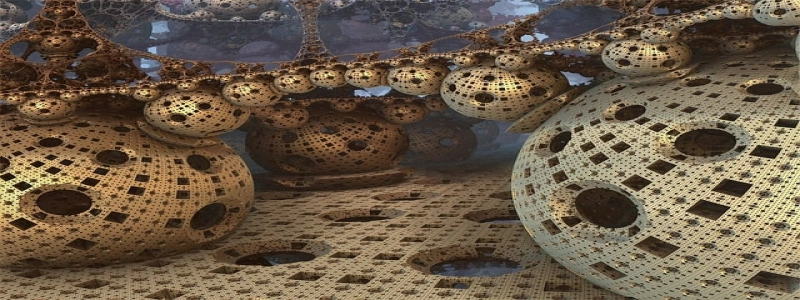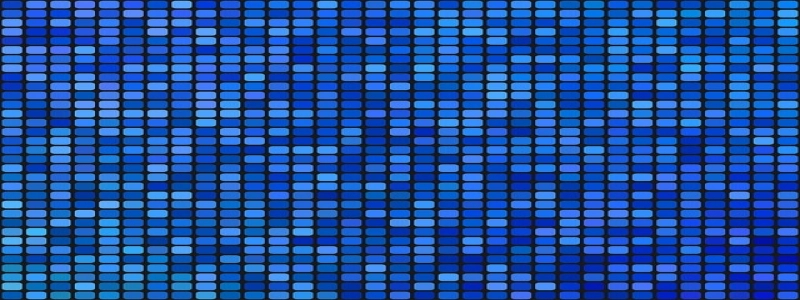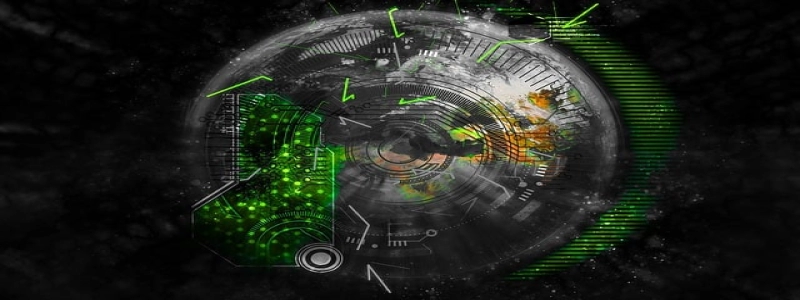Short Wavelength Light: Unveiling its Impact on Our World
I. Introduction
A. Definition of Short Wavelength Light
B. Importance of Short Wavelength Light
II. Effects on Human Health
A. Sleep Disruption
1. Suppression of Melatonin
2. Impact on Circadian Rhythm
B. Eye Damage
1. Short Wavelength Light and Blue Light
2. Risk of Macular Degeneration
III. Environmental Impact
A. Light Pollution
1. Skyglow Effects
2. Disturbance of Ecosystems
B. Disruption of Nocturnal Animals
1. Impact on Migration Patterns
2. Disruption of Breeding Seasons
IV. Technological Applications
A. LED Lighting
1. Energy Efficiency
2. Integration in Smart Homes and Cities
B. Communication and Data Transmission
1. Use in Fiber Optics
2. High-Speed Internet Connectivity
V. Conclusion
A. Recap of Effects on Human Health
B. Environmental Consequences
C. Advancements and Benefits in Technology
Short Wavelength Light: Unveiling its Impact on Our World
I. Introduction
Short wavelength light refers to light with a shorter wavelength on the electromagnetic spectrum, typically in the blue to ultraviolet range. Despite its significance in various domains, such as technology and health, its impact often goes unnoticed. This article aims to shed light on the substantial effects that short wavelength light has on human health, the environment, and its application in technology.
II. Effects on Human Health
A. Sleep Disruption
Sleep disruption is a primary concern associated with exposure to short wavelength light. High-intensity short wavelength light suppresses the release of melatonin, a hormone that regulates sleep and wakefulness. This suppression delays the onset of sleep and reduces sleep duration. Additionally, exposure to short wavelength light during the evening hours can disrupt the circadian rhythm, resulting in sleep disorders and related health issues.
B. Eye Damage
Prolonged exposure to short wavelength light, particularly blue light, can have detrimental effects on eye health. Research suggests that blue light from digital devices and artificial lighting can cause retinal damage and increase the risk of age-related macular degeneration. Measures to protect the eyes, such as blue light filters on electronic devices, are recommended to mitigate these risks.
III. Environmental Impact
A. Light Pollution
Short wavelength light contributes significantly to light pollution, causing skyglow, a hazy illumination phenomenon in urban areas. Skyglow obscures views of stars and celestial bodies and affects astronomical observations. Furthermore, excessive artificial lighting disrupts ecosystems by altering natural light cycles and impacting the behavior and habitats of nocturnal animals.
B. Disruption of Nocturnal Animals
Nocturnal animals rely on the darkness of night for various activities, including migration and breeding. The presence of short wavelength light disrupts their natural patterns, leading to confusion and disorientation. This interference can have drastic effects on migration routes and breeding season synchronization, ultimately impacting their survival and population dynamics.
IV. Technological Applications
A. LED Lighting
LED lighting has gained popularity due to its energy efficiency and cost-effectiveness. It emits short wavelength light, making it ideal for various applications. LED lights have revolutionized the lighting industry and are widely used in homes, offices, and street lighting. The integration of LED lights into smart homes and cities allows for efficient lighting control and customization.
B. Communication and Data Transmission
Short wavelength light plays a crucial role in fiber optics, a technology used for high-speed data transmission. The use of short wavelength light in fiber optic cables enables information to be transmitted over long distances at incredible speeds. Fiber optics have paved the way for reliable and secure communication networks and high-speed internet connectivity, revolutionizing the way we connect and communicate.
V. Conclusion
Short wavelength light, despite its subtle presence, affects our world in profound ways. Its impact on human health, particularly in sleep disruption and eye damage, calls for awareness and precautionary measures. Furthermore, the environmental consequences of light pollution and disruption of nocturnal animals emphasize the need for responsible lighting practices. On the positive side, short wavelength light finds applications in LED lighting and fiber optic technology, contributing to energy efficiency, smart living, and high-speed communication. Understanding and harnessing the power of short wavelength light is essential for creating a balanced and sustainable future.








